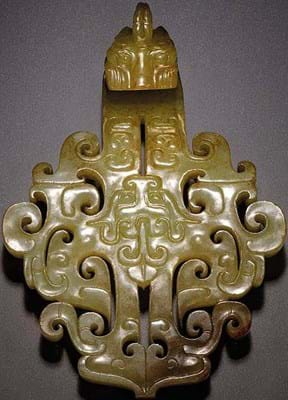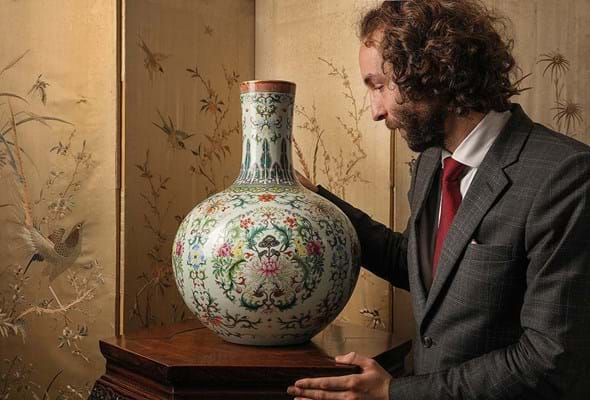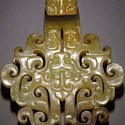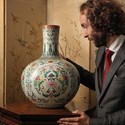Sales of Chinese works of art remain among the most important in the calendar for UK auction houses – a traditional area of the market with plenty of positives and one where the rewards are occasionally big. Given the circumstances, this year’s November series was more than up to scratch.
Sourcing difficulties arose during lockdown (Sotheby’s and Christie’s sales were only cushioned by consignments accrued for spring sales that did not happen) but the demand for Chinese taste material appears unchecked. Only one London sale (a single-owner private collection of Qing porcelain at Sotheby’s) had take-up below 70%.
Strong results were recorded for Transitional and Kangxi blue and white, the best objects from the pre-dynastic era and Yongzheng and Qianlong mark and period wares.
In the absence of Ming masterworks, the Yongzheng and Qianlong mark and period wares continue to set the market standard – with significant condition issues no longer a barrier to bidding. A house record at Chiswick Auctions for a broken 18th century tianqiuping and the white-glove response to the Hope Smith collection at Bonhams underline that honest, period objects with damage can be more eagerly contested than others in pristine condition over which doubts have been cast.
That said, there are always those willing to take a gamble that an auctioneer or their consultants might have got it wrong when deeming reign marks and signatures to be apocryphal or honorific. Multi-estimate bids for objects of uncertain date (and the occasional reluctance to actually pay for them) are very much par for the course.
The Woolley & Wallis Asian sale series, postponed until December 7-8, is still to come.


















